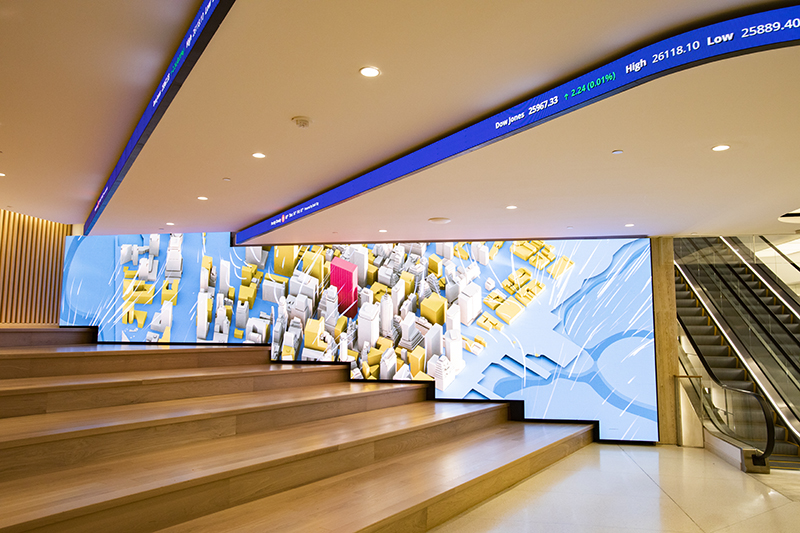
Classic display methods, like CRTs, have been around for numerous decades. They were frequently used in TVs and computer screens. However, CRTs have a shorter lifespan, generally lasting approximately 10,000 to 20,000 hours of use. This means that after a couple years, users may observe a deterioration in picture clarity, such as fading or color deformation. In comparison, LED wall panels can last significantly longer, frequently exceeding 50,000 hours. This extended duration means that users can experience reliable performance without the need for frequent substitutions.
Another crucial factor to consider is power efficiency. LED wall screens utilize less power than conventional screens, which not only helps the environment but also lowers power costs. For example, while a CRT monitor may use approximately 100 watts of power, an LED screen can consume as little as 30 to 50 watts. This discrepancy in power consumption adds to the overall longevity of LED innovation, as lower energy usage generates minimal thermal energy. Excessive heat can harm electrical components, leading to a reduced lifespan for conventional displays.
In addition to their extended lifespan and energy conservation, LED panel panels also offer superior visual clarity. They provide brighter hues and improved contrast, making them perfect for various applications, from marketing to learning you can try these out presentations. The technology behind LED panels enables for a broader sight angle, meaning that images stay sharp and vibrant even when viewed from the flank. This is a significant advantage over conventional screens, which frequently suffer from color distortion and diminished luminosity at broader angles.
In conclusion, the longevity of LED panel screens in contrast to traditional display technologies is a crucial aspect for buyers to consider. With lifespans that can exceed 50,000 hours, power conservation, and enhanced visual clarity, LED innovation provides many benefits. As technology continues to advance, LED panel screens are probably to turn even more common in various settings. Understanding these differences can assist people and organizations make better choices when purchasing in screen innovation, guaranteeing they get the best value for their needs.